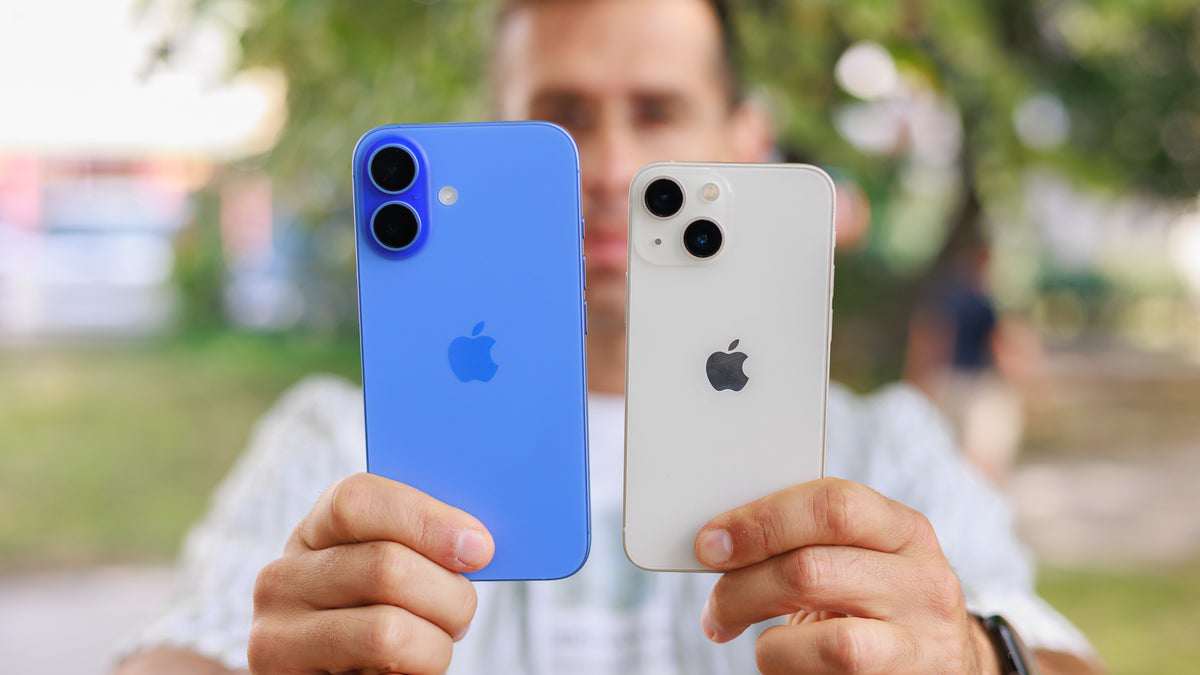After 3 years, how will the iPhone 13 Mini be compared directly to the newly released iPhone 16?
Nowadays, small phones are no longer popular.
Even Apple, one of the last companies to keep the compact phone, abandoned the form factor years ago. The iPhone 13 mini is the last standard iPhone with a screen smaller than 6 inches, and while the iPhone SE line still exists, the compact iPhone is pretty much dead.
iPhone 16 (left) and iPhone 13 Mini (right).
Of course, the new iPhone 16 isn't as small as the iPhone SE, but it's Apple's most compact new iPhone in 2024. With the same design that's been around for the past few years, there are some notable upgrades. This iPhone has two new buttons, an Action Button and a new Camera Control button, and a new, faster chip that powers Apple Intelligence.
So is the iPhone 16 worth owning when compared to the iPhone 13 mini? Let's compare the two iPhones and consider whether to upgrade or not.
Design and size
It's easy to see that the two iPhones are clearly different in size. The iPhone 13 mini is easy to hold in one hand with a 5.4-inch screen and weighs just 141 grams. The larger iPhone 16 with a 6.1-inch screen is taller, wider, thicker, and heavier.
Both phones share the same general design language with flat screens and flat edges. On the front, the iPhone 16 has the Dynamic Island design while the iPhone 13 mini has the older notch.

iPhone 16 is bigger.
The iPhone 13 mini is IP68 water and dust resistant, and so is the iPhone 16.

The camera layout between the two products is clearly different.
The colors of this year's iPhone 16 are very diverse: Pink, Turquoise, Blue, Black and White. Meanwhile, the older iPhone 13 mini no longer has all the color versions as when it was first launched.
Screen difference
The iPhone 16 features a 6.1-inch Super Retina XDR OLED display with a 60Hz refresh rate, a maximum brightness of about 1600 nits, and a minimum brightness of 1 nit, which is great for nighttime use.
Meanwhile, the iPhone 13 mini comes with a smaller and more compact 60Hz OLED display, measuring 5.4 inches. The maximum brightness is quite standard, around 1,000 nits.
Performance and software
The iPhone 16 features the Apple A18 chip. This chip is manufactured on a 3nm manufacturing node, ensuring superior performance and efficiency.
The iPhone 13 mini comes with the Apple A15 Bionic chip built on a 5nm manufacturing process. However, phones powered by the A15 Bionic chip are not outdated or slow.

Compare performance between 2 devices.
Unsurprisingly, the iPhone 16 "beats" the older iPhone 13 mini in every performance test.
Another big change on the iPhone 16 is 8GB of RAM, which helps with Apple Intelligence. The iPhone 13 mini, on the other hand, only has a modest 4GB of RAM and doesn't support Apple Intelligence.
In terms of software support, the iPhone 16 is expected to be supported until 2030 while the iPhone 13 mini will stop supporting it in 2028.
Camera
The iPhone 16's main camera has a resolution of 48MP, which provides more detailed images than the 12MP camera on the iPhone 13 mini. The high-resolution sensor also allows users to use 2X crop mode for higher-quality digital zoom. The 12MP ultra-wide-angle camera is common between the two devices, but the camera on the iPhone 16 supports macro photography while the iPhone 13 mini does not.


